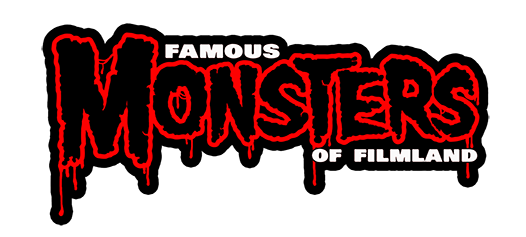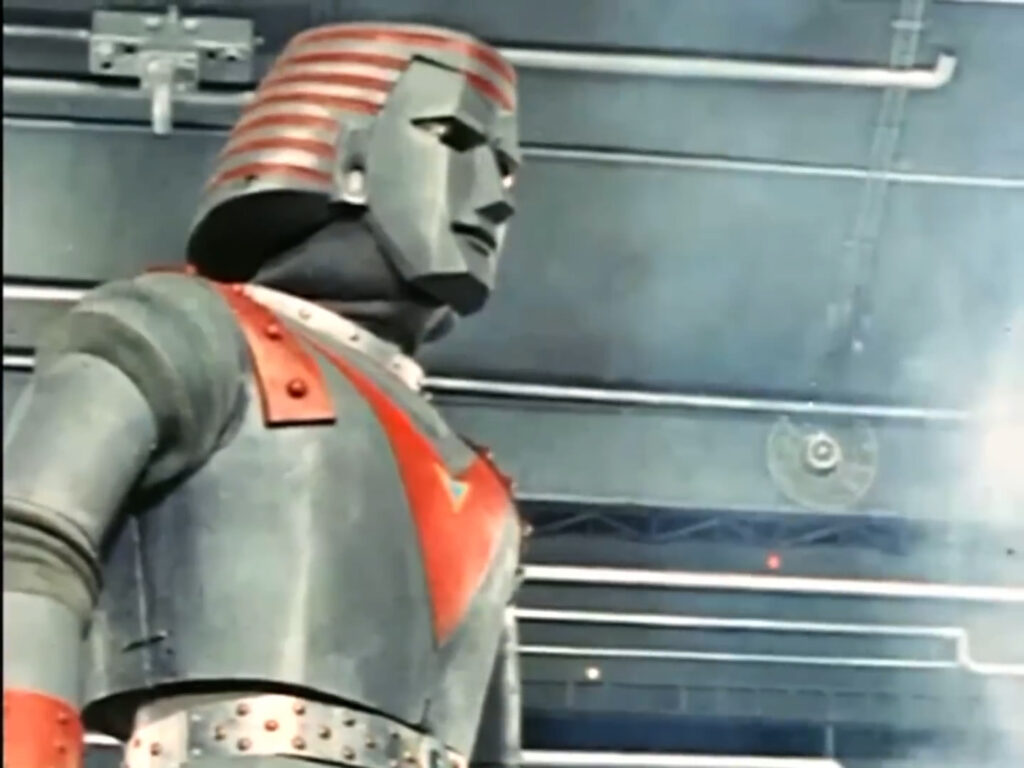If you grew up loving retro TV shows with giant robots, quirky monsters, and secret agents, there’s a good chance you’ve heard of Johnny Sokko and His Flying Robot. This Japanese tokusatsu classic, dubbed into English for American audiences, became a cult phenomenon when it hit TV screens in the late 1960s and gained even more popularity during syndication in the 1970s. Combining science fiction action with campy charm, the series captured the imaginations of viewers of all ages – and continues to fascinate sci-fi and retro TV enthusiasts today.
If you’ve never experienced this gem or are looking to take a nostalgic trip back, here’s everything you need to know – from the storyline and iconic monsters to the amazing arsenal of the titular Flying Robot. Additionally, we’ll let you know where you can stream it right now!
what was Johnny Sokko and His Flying Robot all about?
Adapted from Mitsuteru Yokoyama’s manga Giant Robo, Johnny Sokko and His Flying Robot aired in Japan from 1967 to 1968 under its original title Giant Robo. The English-dubbed version brought the series to American screens, introducing millions of viewers to the titular young hero, Johnny Sokko, and his loyal Flying Robot, known as Giant Robo in Japan.
The story follows Johnny Sokko, a plucky young boy who stumbles upon a secret terrorist stronghold after being shipwrecked on an island with the dashing Juro Minami, an undercover agent for Unicorn—a secret peacekeeping organization. The island is home to the villainous Gargoyle Gang (known as the Big Fire organization in Japan). Through a twist of fate, Johnny becomes the only person able to command an enormous flying robot, forging an unbreakable bond with this towering mechanical marvel.
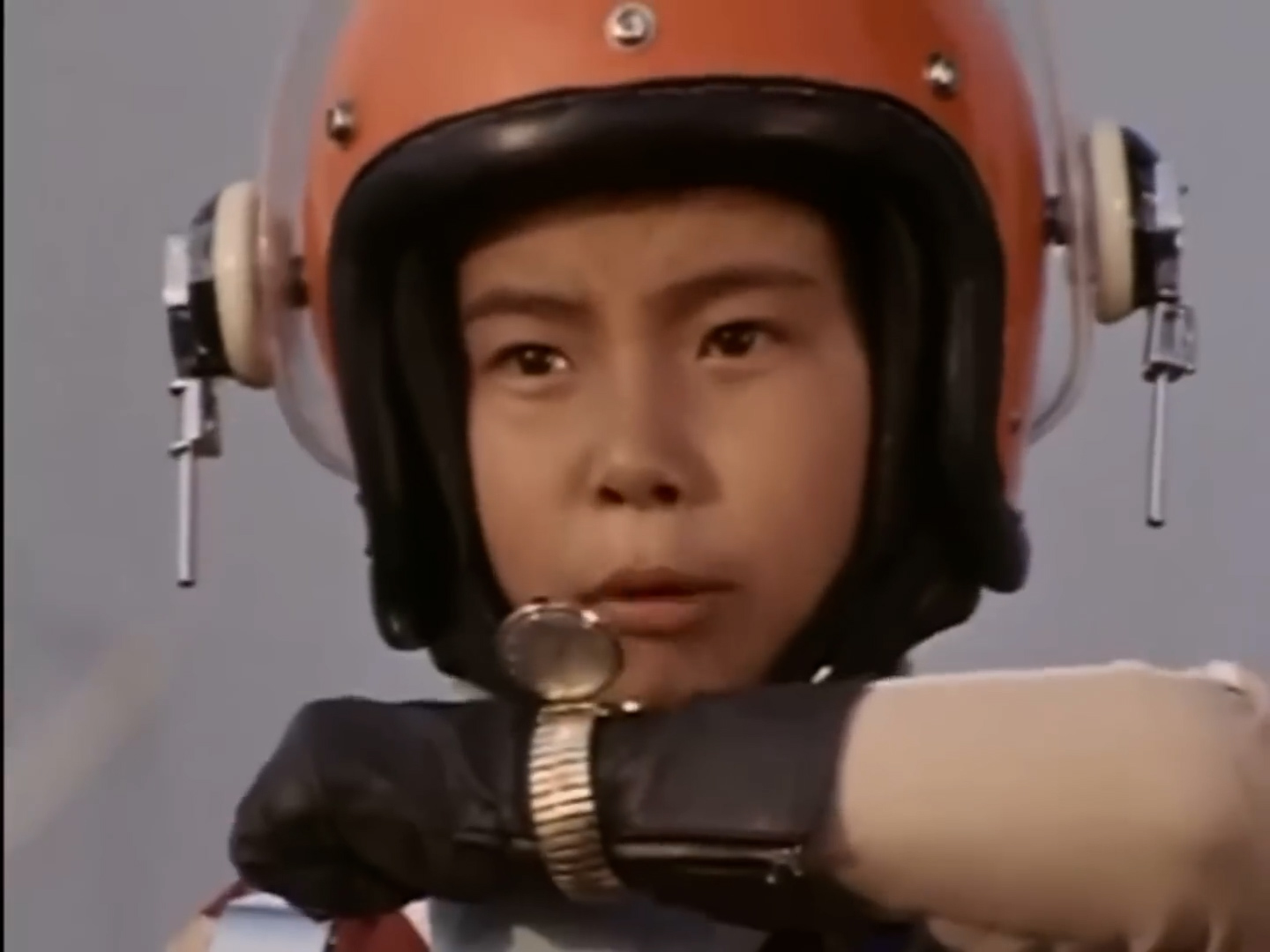
Throughout the series, Johnny, flying in his trusty robot, battles the Gargoyle Gang’s endless supply of fantastically bizarre kaiju (monsters) and weaponized machines to save the world from destruction.
why is it a sci-fi classic?
What makes Johnny Sokko and His Flying Robot such an enduring cult classic? It’s the perfect cocktail of camp, creativity, and heartfelt storytelling. For American audiences, this show captured the spirit of Japanese tokusatsu (special-effects driven action) programming and blended it with Cold War-era spy drama and Saturday morning cartoon adventure.
The series’ mix of cheesy (yet delightful) practical effects, over-the-top villains, and surprisingly emotional moments made it a beloved part of 1960s television and beyond. Fast-forward to today, and its influence on kaiju, mecha, and sci-fi fandom persists.
the arsenal of the flying robot
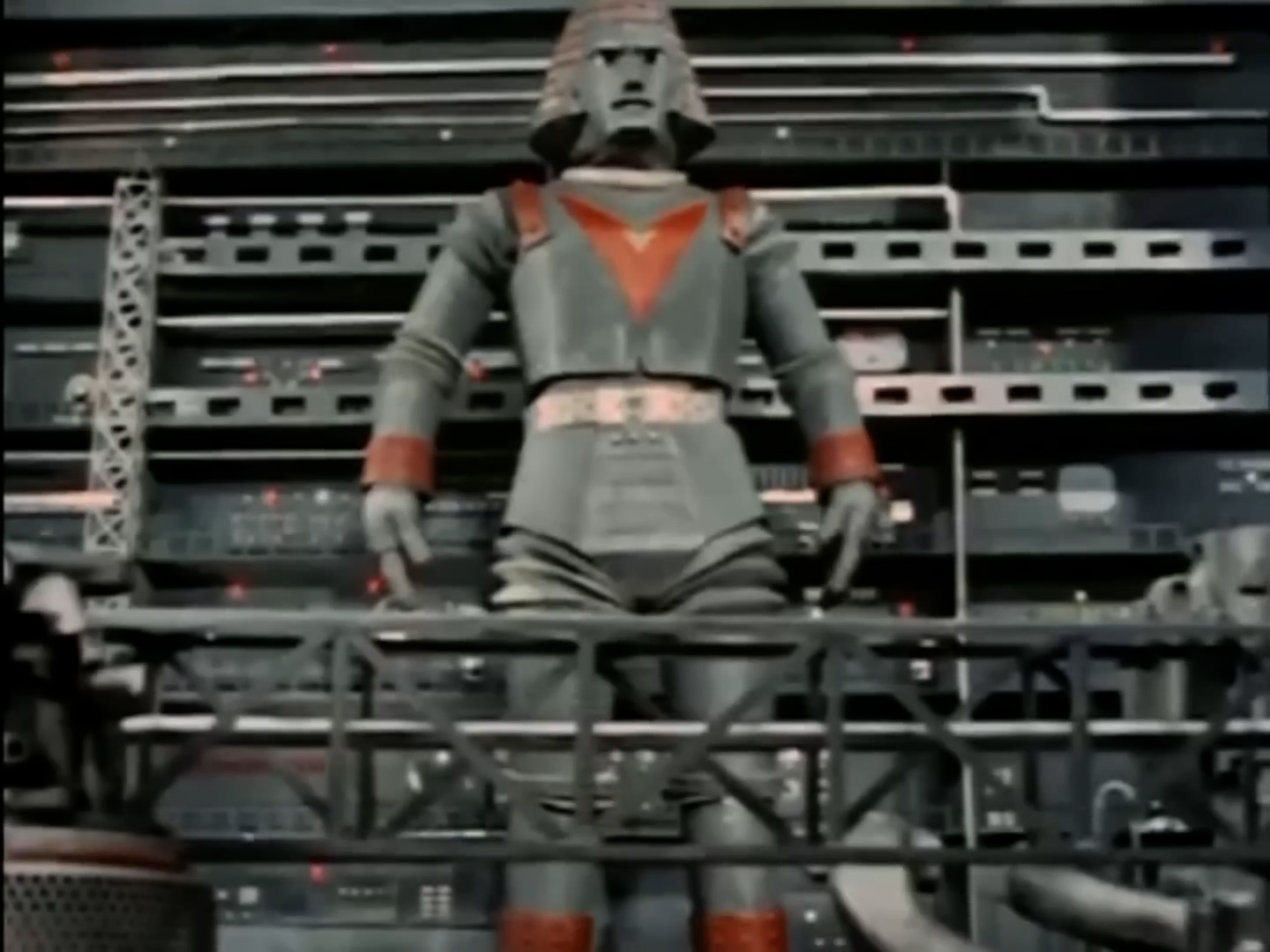
Now, we can’t talk about Johnny Sokko without geeking out about the Flying Robot itself. Clocking in at an impressive 30 meters tall and weighing 500 tons, this iconic mech had both physical might and a suite of advanced (though admittedly outlandish!) weaponry that Johnny could command.
Here’s a breakdown of the Flying Robot’s arsenal, which made it such a force to be reckoned with:
- Finger Missiles: Rapid-fire projectiles launched from the robot’s fingers, capable of devastating enemies.
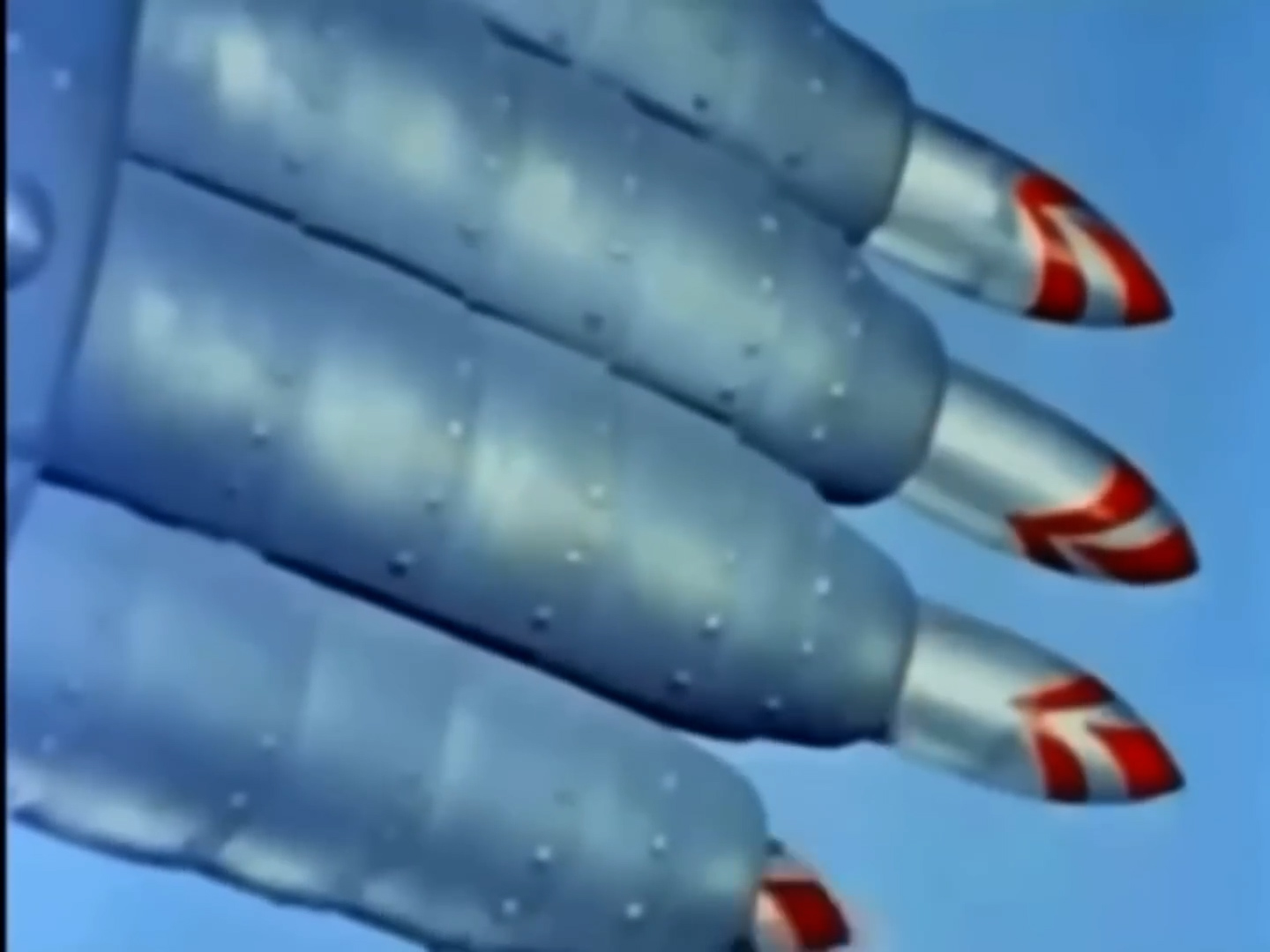
- Back Missile: A massive missile launched from the robot’s back, often used against particularly tough enemies or for dramatic flair.
- Eye Beams: Twin energy blasts that could obliterate targets with dazzling light.
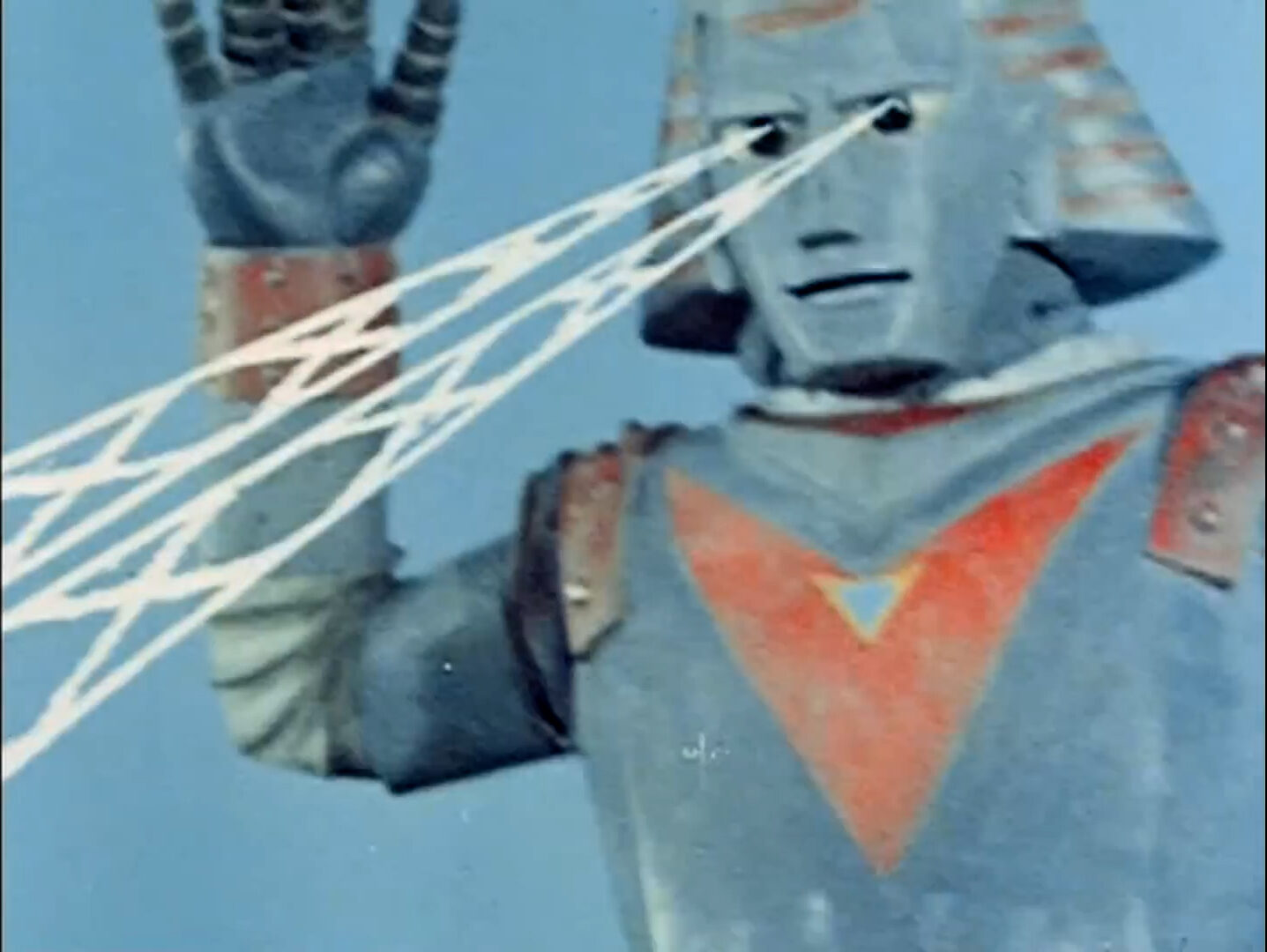
- Belt Pole: A unique weapon stored in the robot’s “belt buckle” used to hook, stab, or immobilize enemies.
- Flamethrower: A fiery blast launched from its mouth, capable of melting through steel and giant monsters alike.
- Atomic Punch / Mega Punch: An all-out, physics-defying punch packing enough strength to annihilate foes with a single blow.
- Burning Cross (yes, really!): A bizarre, flaming cross-shaped energy weapon that can incapacitate enemies in highly unusual ways.
What’s not to love about a robot that can punch, fire missiles, and throw flames while defying the laws of physics? It’s everything a retro sci-fi fan could ask for and more.
monsters, monsters everywhere!
Just as memorable as the Flying Robot’s incredible weapons are the wild and creative kaiju sent by the Gargoyle Gang. Each episode featured a new wacky and often terrifying monster, each designed with an unparalleled level of creativity. Some were grotesque aliens, while others were mechanical nightmares, but all of them are seared into fans’ memories.
Here are some of my favorites (the Japanese version’s names are listed first, followed by the American version’s names):
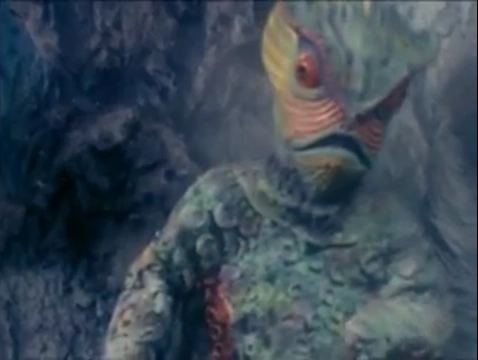
Dakolar (Dracolon): The first monster Johnny’s robot faces—a massive, Godzilla-esque sea creature intent on causing chaos.
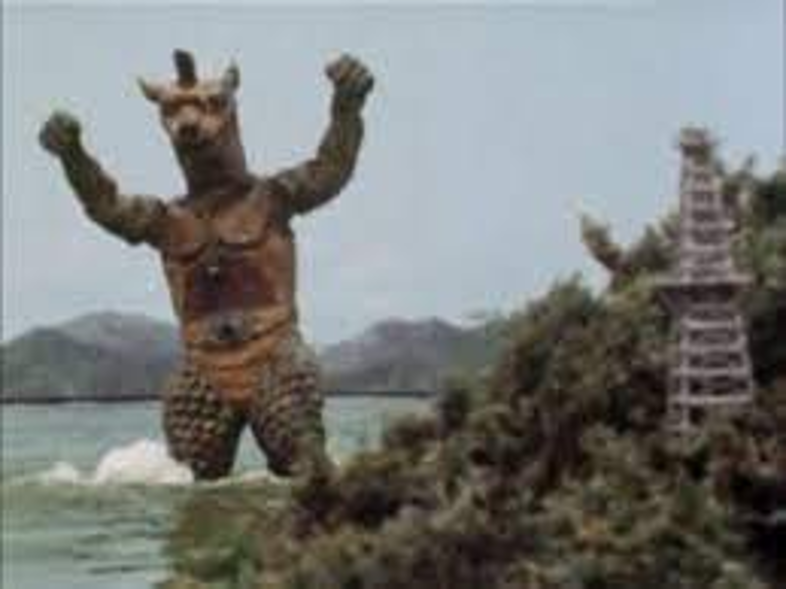
Lygon (Ligon-Tyrox): Powers include a forehead horn drill, mouth flames, a wrecking ball and swimming!
![]()
Gummons (Opticon in the American version, Opticorn in the American version’s title): A strange, eye-shaped monster that appears in Episodes 13 and 26. Powers include levitation, retractable legs, a vacuum, a searchlight and an energy ray.
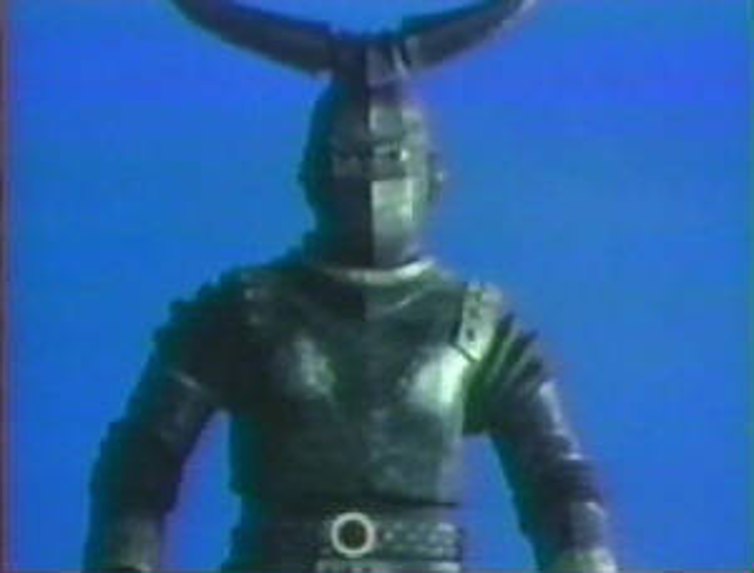
GR-2 (Torozon): Appears in Episodes 16 and 19; powers include an electric head boomerang, burrowing and eye lasers.
The campiness of the show’s kaiju, brought to life with practical effects and miniatures, was part of its charm. These monsters weren’t just obstacles; they became beloved parts of the show’s lore and legacy.
where to watch Johnny Sokko and His Flying Robot
Excited to (re)experience Johnny Sokko and His Flying Robot? Great news—season one is available to stream right now on Amazon Prime Video. Whether you’re revisiting the series as a longtime fan or discovering it for the first time, streaming gives you easy access to all the kaiju battles, Flying Robot action, and campy glory.
If you’re new to the series, start with episode one, ‘ Dracalon, The Great Sea Monster, ‘ and enjoy the ride.
why Johnny Sokko?
More than half a century after its original release, Johnny Sokko and His Flying Robot remains a beloved example of classic tokusatsu at its finest. It’s a show that doesn’t just entertain; it inspires, showcasing the importance of loyalty and courage through the relationship between Johnny and his mighty robot companion.
This series is more than just a relic from the past—it’s a reminder of what made sci-fi and kaiju stories so magical to earlier generations. For those of us who grew up with Johnny and his Flying Robot saving the day, the show is a time capsule of retro adventure that feels just as thrilling today as it did decades ago.
What is your favorite episode of Johnny Sokko and His Flying Robot?

